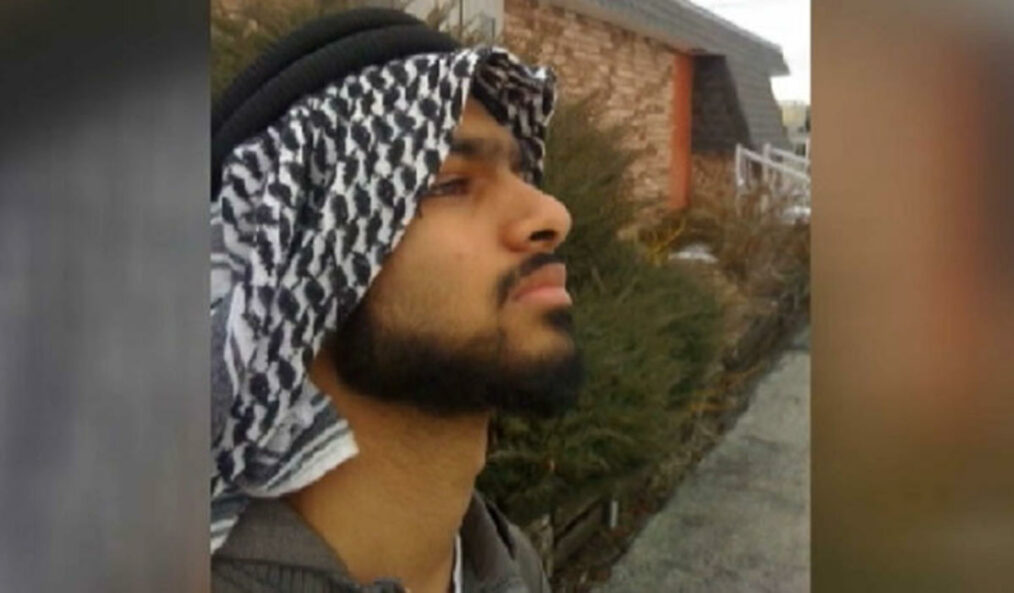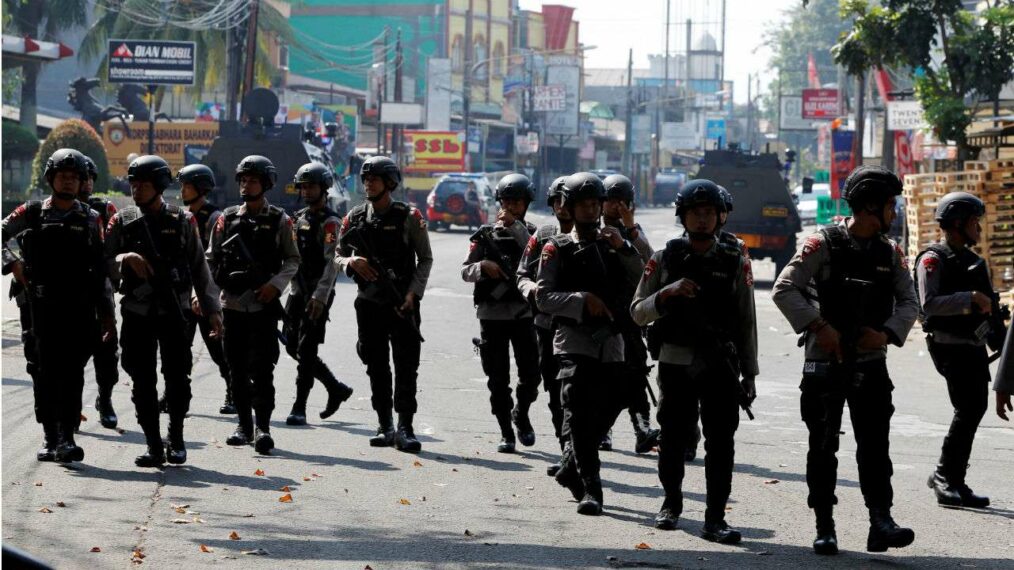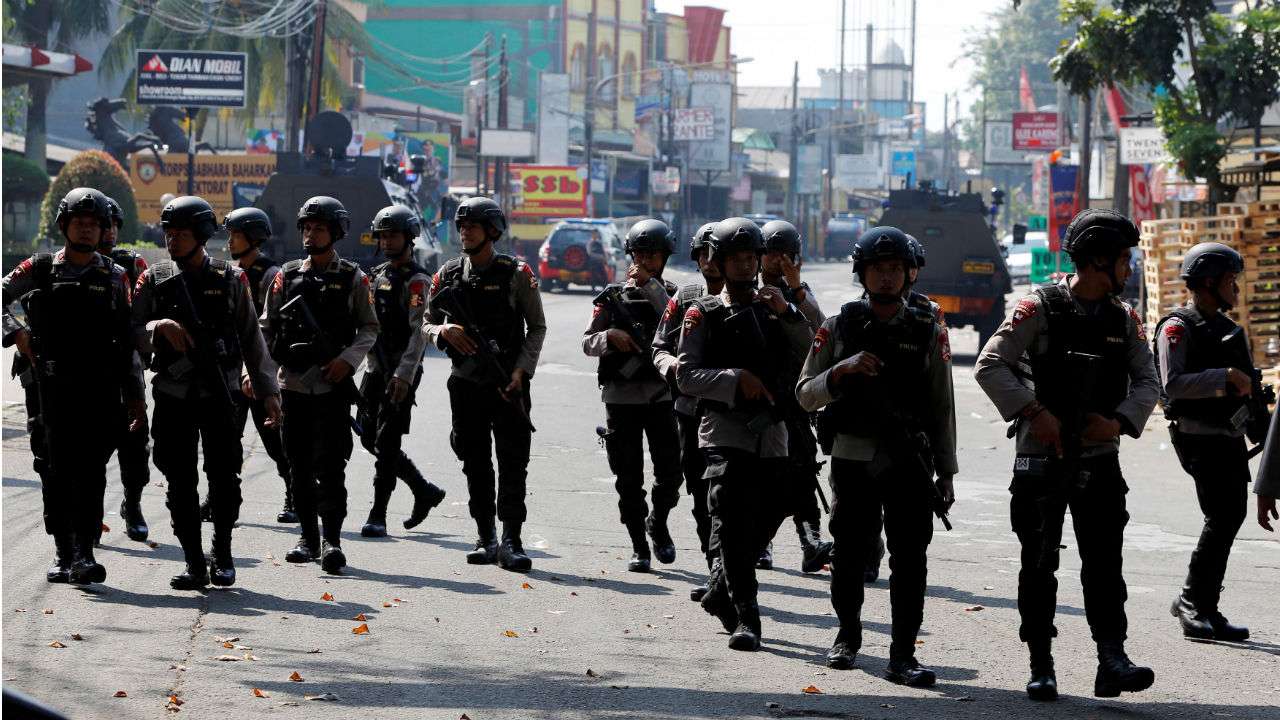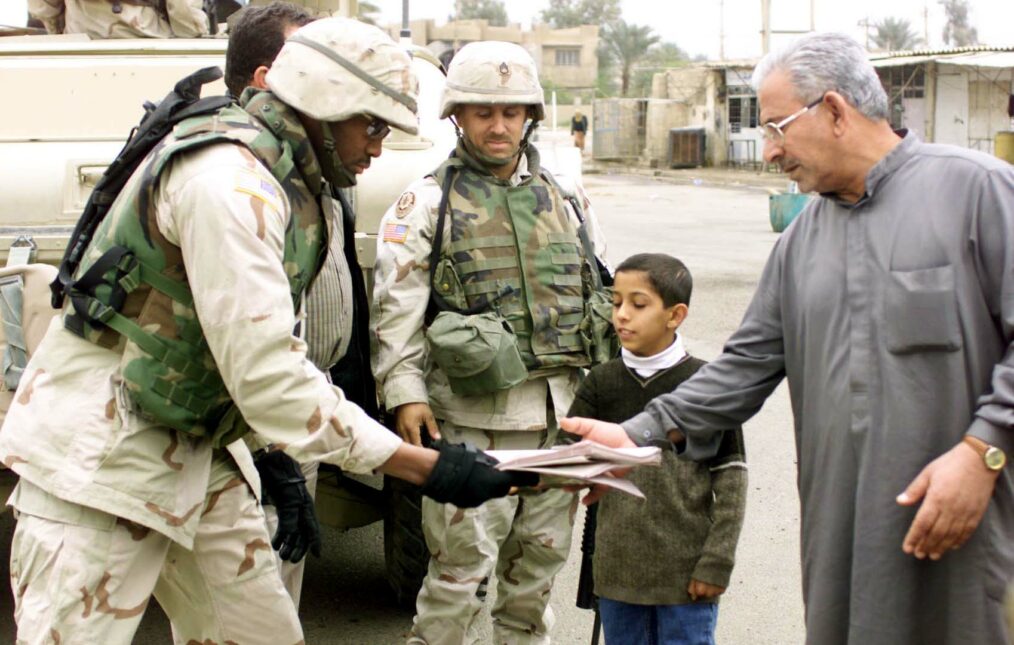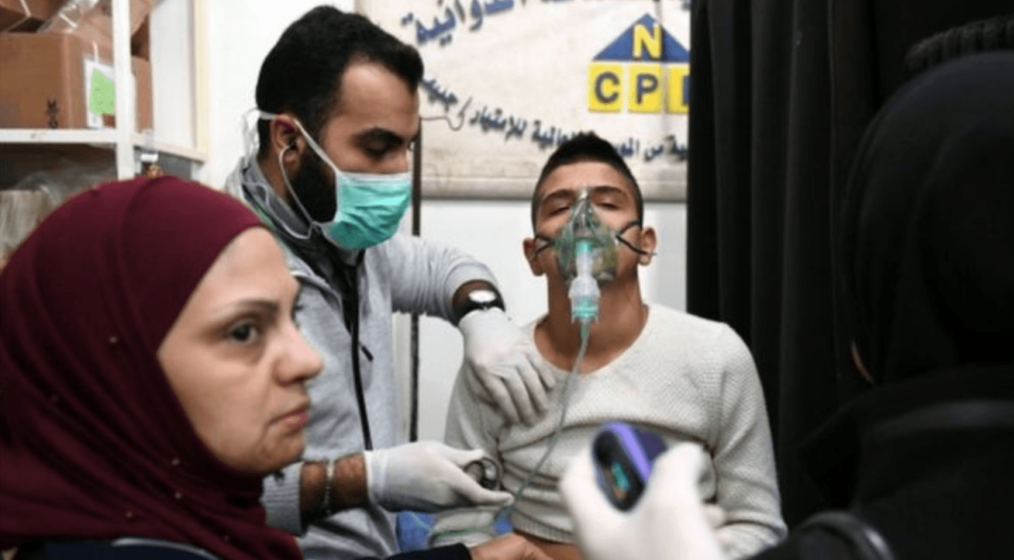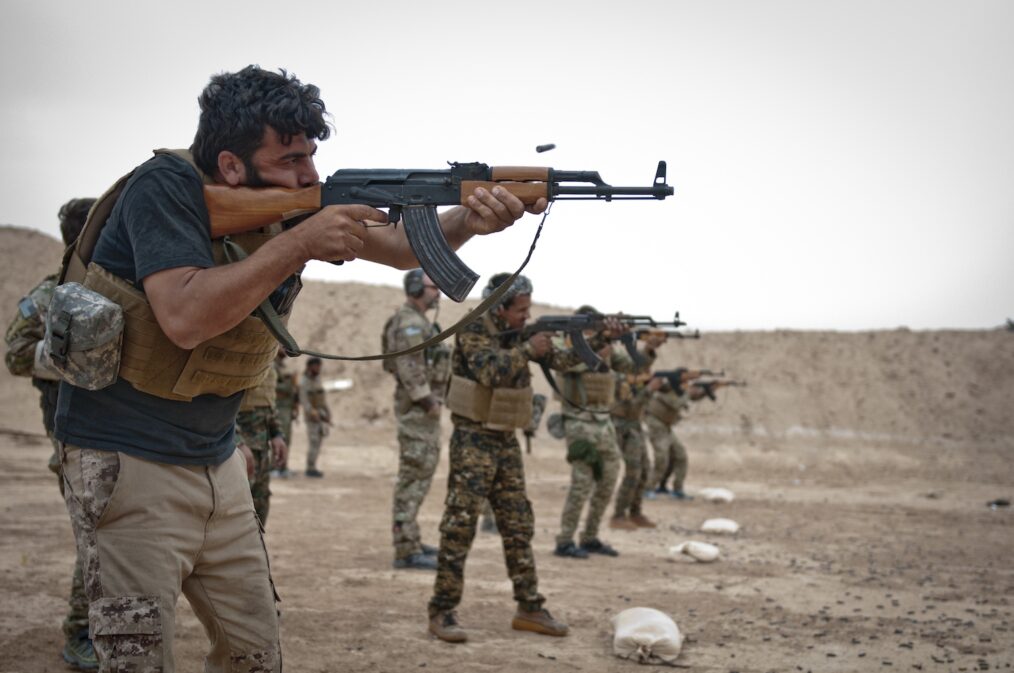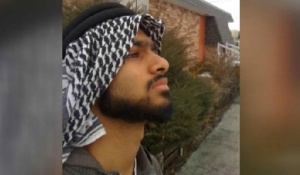
Mohammed Hamzah Khan, the young man radicalized in the suburbs of Chicago.
Born in the United States to first generation immigrants, Mohammed Hamzah Khan and his siblings were raised about 35 minutes west of Chicago in the middle class suburb of Bolingbrook, Illinois. Considering he was a student at Benedictine University, a well-known Roman Catholic university, it can be understood why it was such a surprise when Khan was arrested by federal authorities at Chicago’s O’Hare Airport and charged with attempting to provide material support to the Islamic State (IS) in Syria. Khan was detained with his brother (16) and sister (17) at the airport, where they intended to fly to Vienna before taking a bus to Turkey where they would meet with an IS operative who would smuggle them into Syria to join the caliphate. Mohammed was seen by authorities as the influence over his younger (and still juvenile, in the U.S. criminal justice system) siblings. Accordingly, his siblings were released to their parents without charges- but Mohammed remained.
Zarine Khan, Mohammed’s mother, stated that he and his sister were radicalized and preyed upon by IS recruiters on various social media accounts. In preparation for his travel to the caliphate, Khan got a job at a local store and raised sufficient travel funds for both himself and his siblings. It should be noted that Khan bought round trip tickets for the trip in an effort to mask their plans to travel to the caliphate- belying that there was likely some coaching in operational security by an IS operative online. Khan’s lawyer stated that Khan desired to join something bigger than himself, longing for a higher purpose. Khan’s lawyer made a strong argument against a long prison sentence, referencing the U.S. prison system and its record of further radicalizing individuals.
After years of court proceedings, Khan was sentenced to 3.5 years in prison, including time already served. Upon his release from prison, he enrolled in the College of DuPage, earning a 4.0 GPA and academic honors- though he remained subject to routine and random searches of his living quarters and electronic devices for at least 20 years after release. In the spring of 2018, Khan was found to have accessed multiple prohibited social media networks and- in clear violation of his parole. The judge tasked with overseeing Khan’s case stated that Khan had demonstrated major steps of rehabilitation, exemplified by his schooling successes, and suggested that the violations were due to a lack of maturity. However, on the day that federal authorities searched his room and discovered his parole violations, they also uncovered an IS flag and documents in Arabic under his bed- the translation of which remains unclear.
In light of this, it is understandable to wonder what could have driven an American citizen to such radicalization. Khan is the child of immigrants, making it possible he felt marginalized as a result. Additionally, Khan is a Muslim of Indian descent- a community which does not necessarily have a large population in the Chicago area, potentially deepening Khan’s marginalization even among the Chicago Muslim community. It is possible that these factors contributed to Khan’s recruitment and radicalization. However, Khan’s schooling also proved that he has above average intelligence and can function without issue in western society.
Notably, Khan had no criminal history prior to his arrest for attempting to provide material support to the IS. There is little information available about Khan’s time in prison, but it is critical to question whether further radicalization occurred during his time in custody. Khan’s attorney mentioned that it could potentially be more dangerous for Khan to have a lengthy prison sentence, due to the extremist ideologies often fostered in prison culture. Within prisons, those prisoners who are radicalized are typically radicalized by other inmates and not by outside motivators. Since Khan was already radicalized, he would have been susceptible to other inmates’ radical influence as well.
Discussion of reform in the United States prison system is beyond the scope of this particular research or case study; however, one reform policy could clearly limit radicalization in this case and others. To counter radicalization within prisons, personnel working in corrections must be diversified. This is particularly true when discussing radicalization amongst the Muslim prison population. The Salafist ideology suggests that the West is at war with Islam, and having a mostly Christian, Caucasian prison staff could increase the “us versus them” mindset amongst prisoners- making more prisoners susceptible to radicalization. Implementing hiring procedures and protocols to ensure that staff more accurately mirror the demographics represented in the prison population at each particular facility could help reduce some types of radicalization. This policy implementation would take a significant amount of time, but could be impactful in decades to come.
Ultimately, Mohammed’s case is an unusual one, but it is not entirely isolated. With the rise of IS recruiting online and through increasingly global networks, the United States must prepare for more cases like Mohammed’s- and implementing prison reform could be a key first step.

